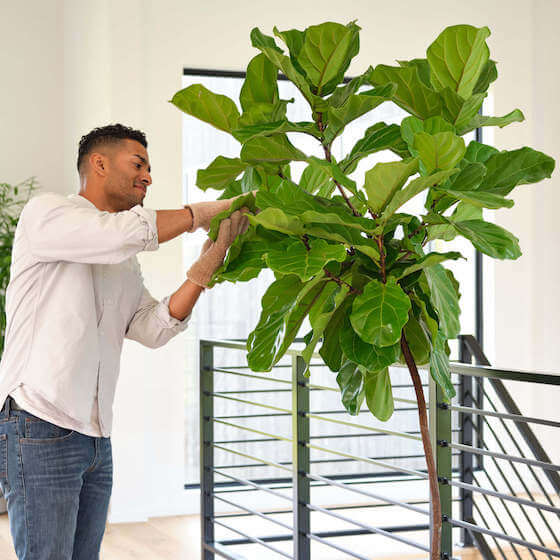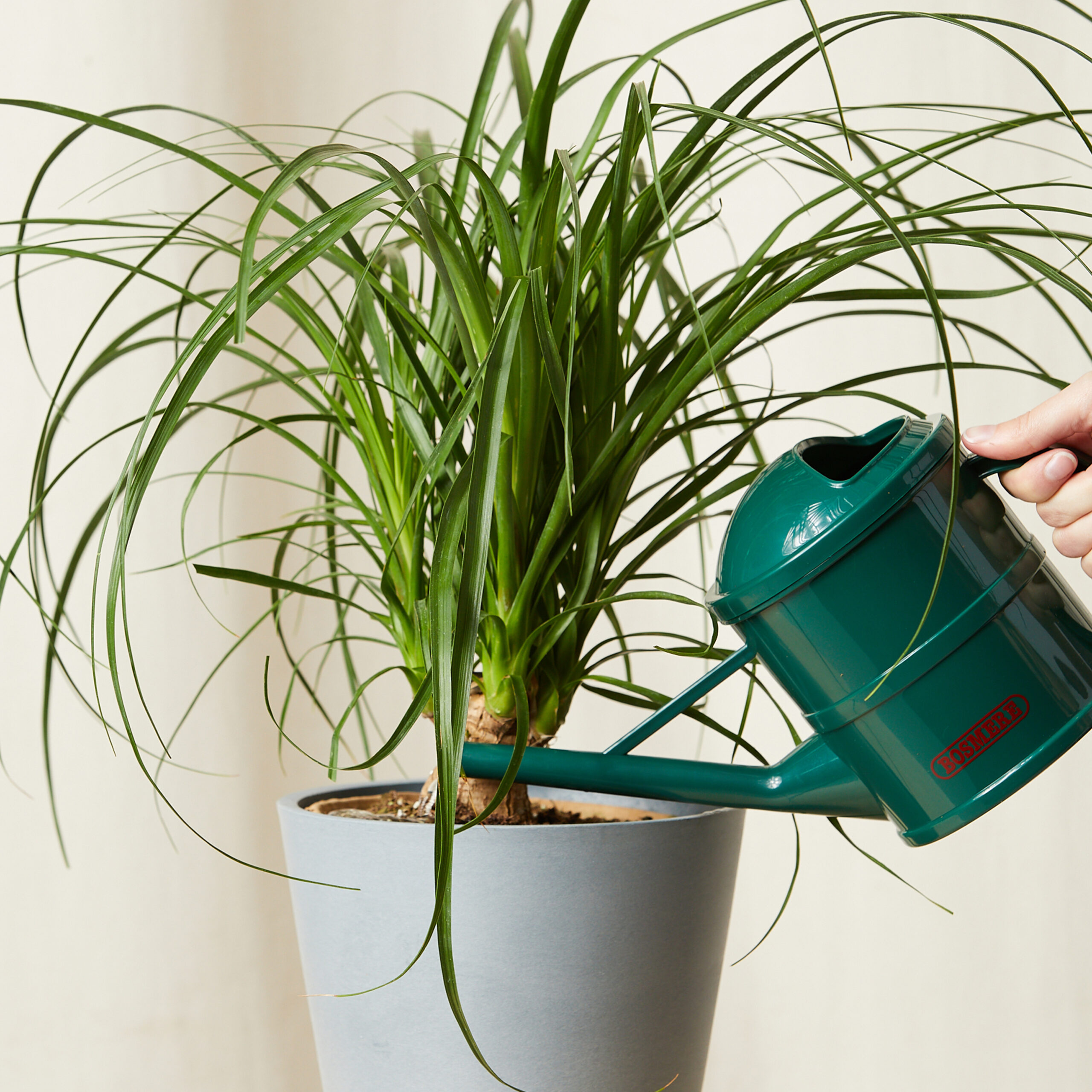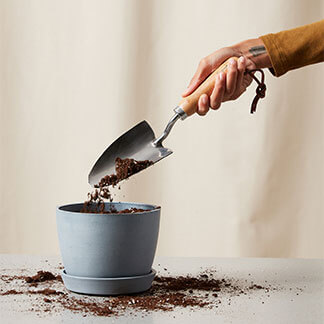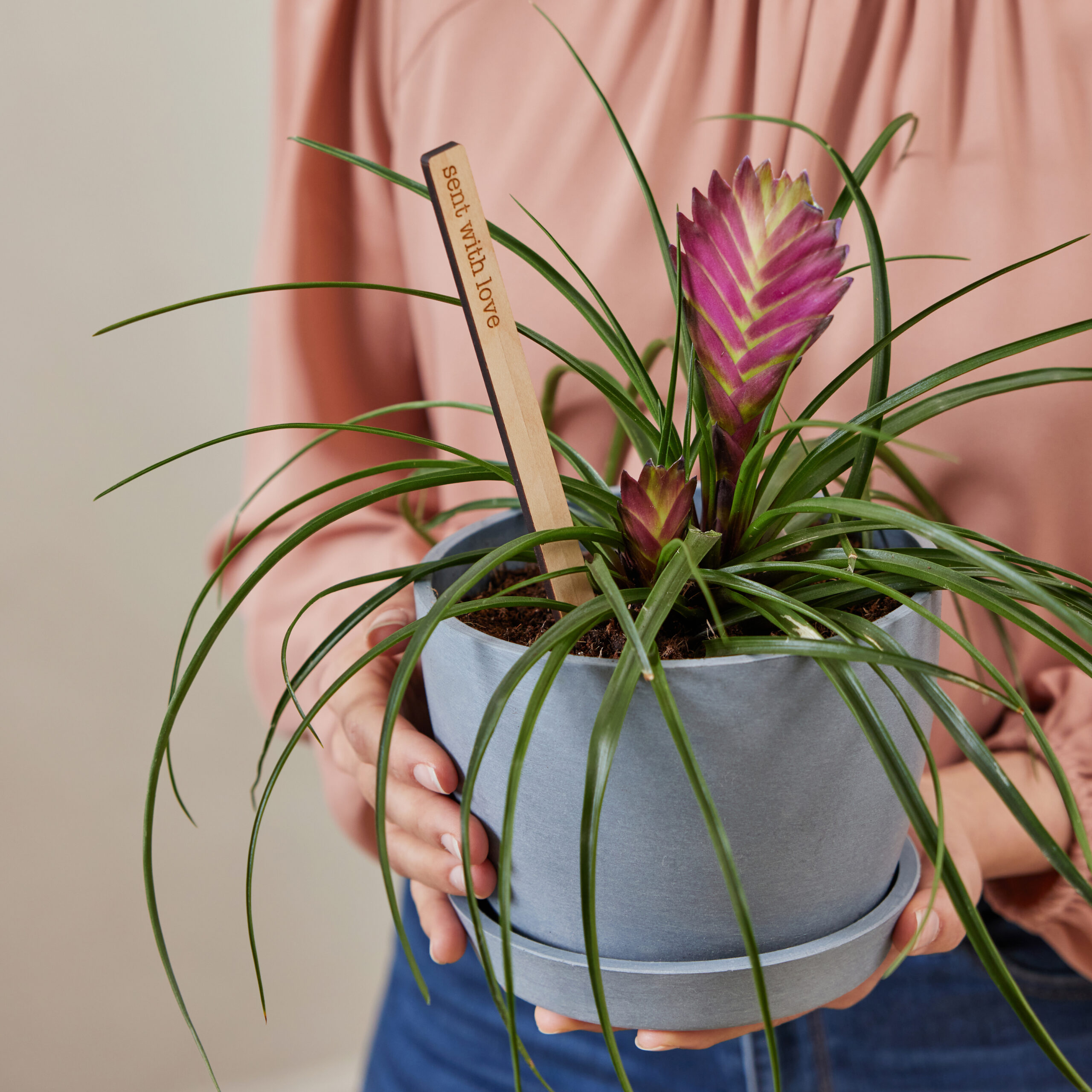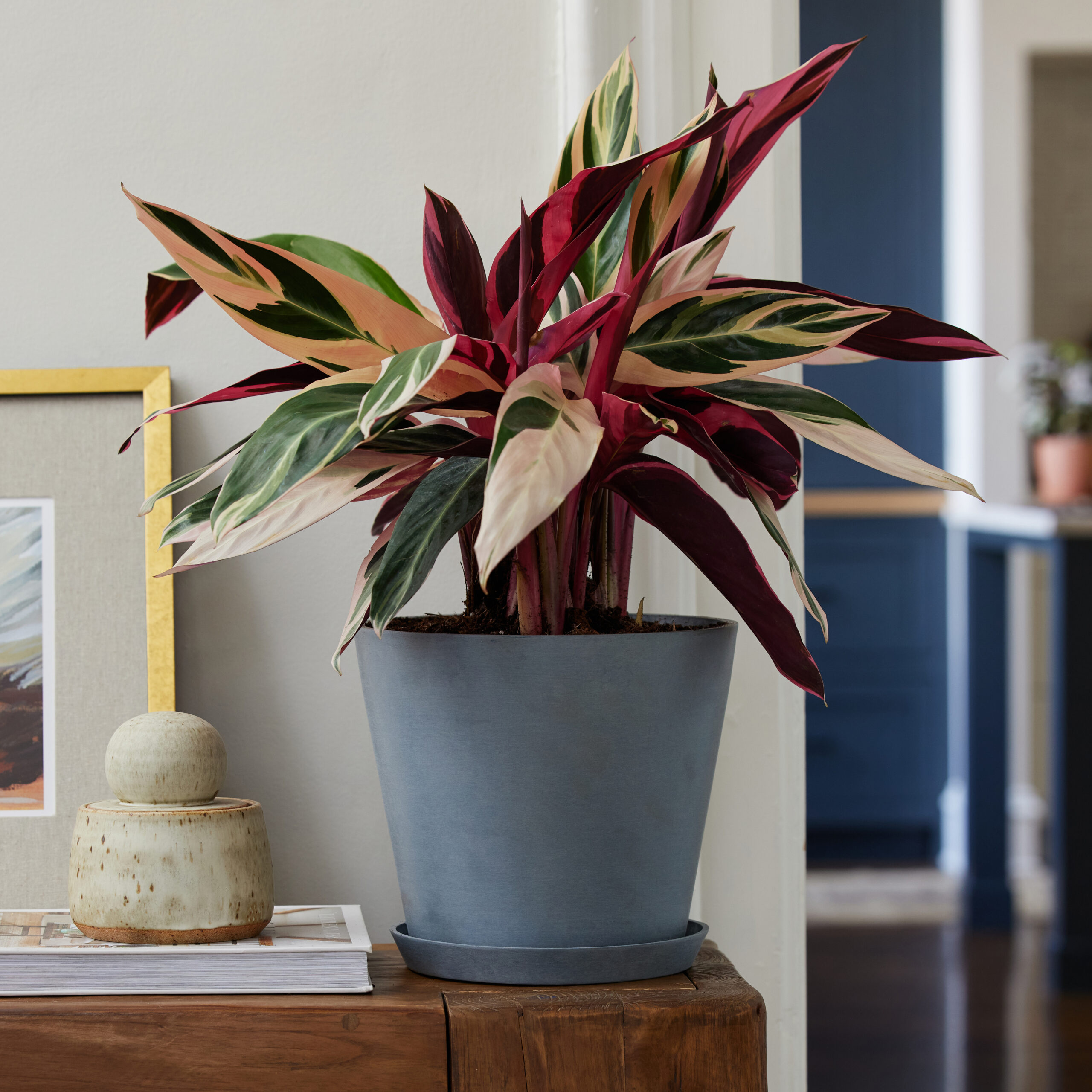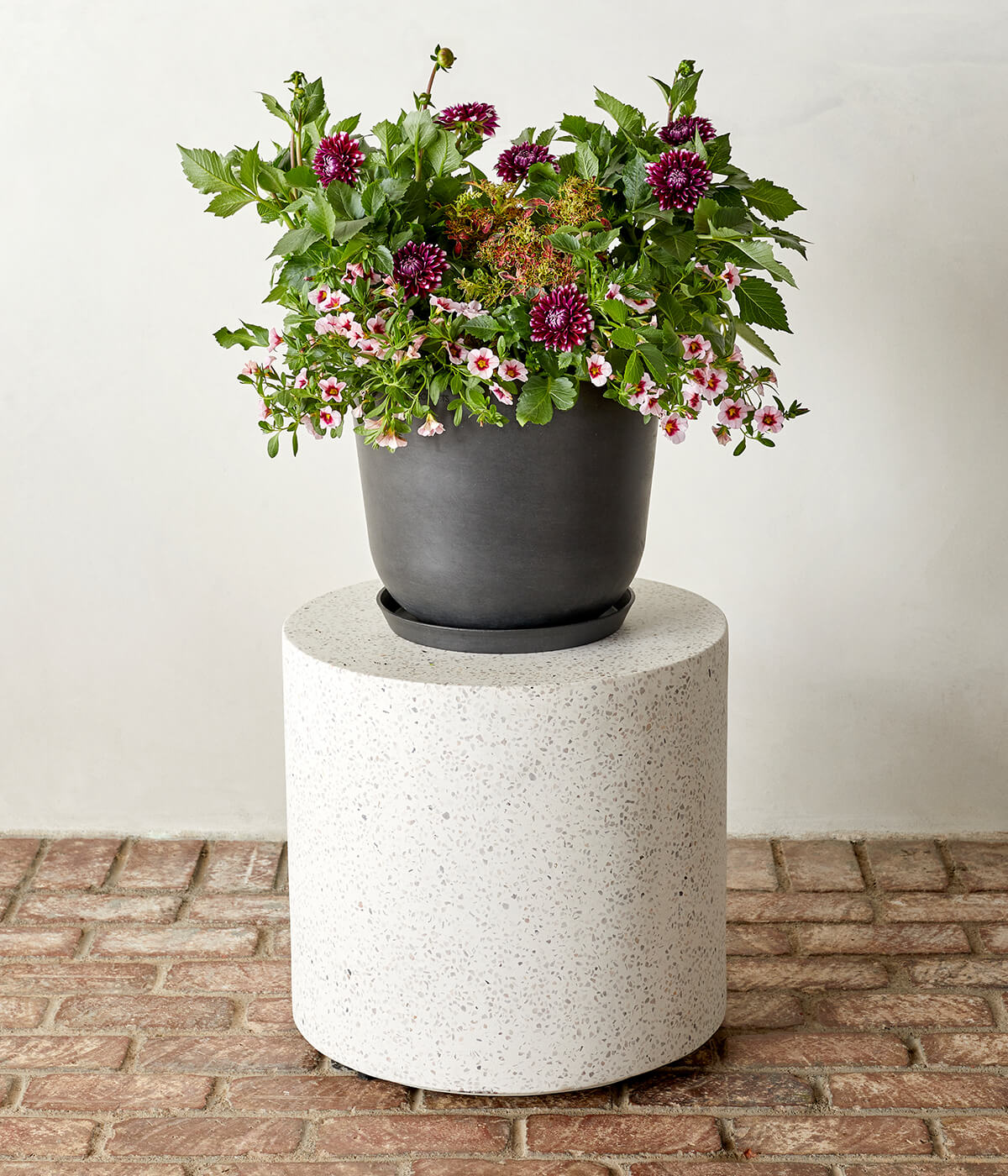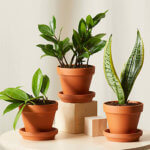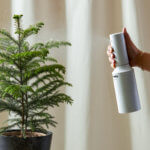Depending on the variety of your outdoor annual and the time of the season, it may not be time for your plant to bloom. Your plant needs to reach a certain maturity before it can begin producing blossoms. Each outdoor annual is different and its environment will affect when it will flower, so there isn’t an exact day you can expect your plants to bloom.
If it’s the right time in the season for your plant to bloom, then there are a number of other factors that may affect or delay flowering.
Watering
Are you watering your plants regularly? Active watering will help your outdoor plants to grow as large as possible and produce flowers. Watering may be needed as often as once a day depending on your environment and weather conditions. Signs your plant may need more water include wilting and dry, brown leaves.
Fertilizing
Have you fertilized your plant lately? Your plant may not be producing blossoms because it’s hungry. Fertilizing can give your outdoor annuals the boost they need to start flowering. Make sure to choose a fertilizer that is made for blooming or outdoor plants. Be sure to fertilize according to the instructions.
Correct lighting
Is your plant getting the recommended amount of light? Each outdoor plant’s lighting needs differ, but if your plant isn’t receiving enough light, this can absolutely delay flowering. Check the care instructions for your specific plant and move it to a new location if necessary. This may be the change your plant needs to begin blooming.
Additional Tips
If your plant is getting lots of sunlight and gets to a certain size, it will begin to produce seeds. Although there is nothing wrong with this, it will reduce the number of flowers for you to enjoy.
To solve this, we recommend regular trimming of your plant. Pruning and trimming not only prevent your plant from producing seeds, but also leads to bushier plants and encourages new growth. A good rule of thumb when pruning is to avoid removing more than ⅓ of the plant at one time.
When pruning, make sure to use clean, sharp scissors or garden shears. You can clean your shears using rubbing alcohol, and we suggest cleaning your shears in between trimming each plant.
